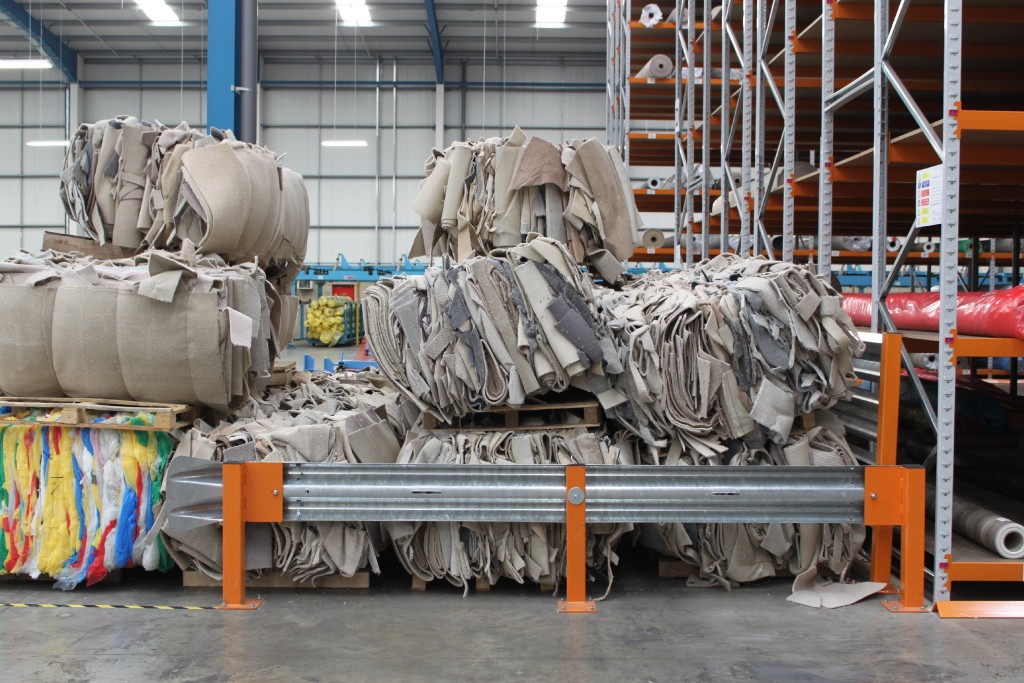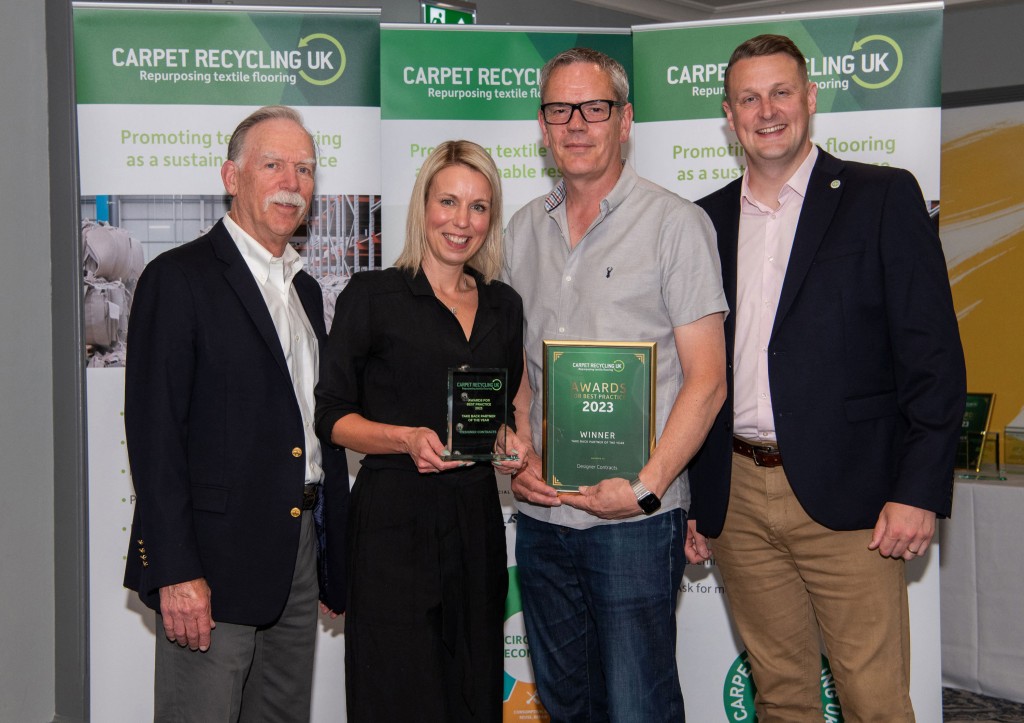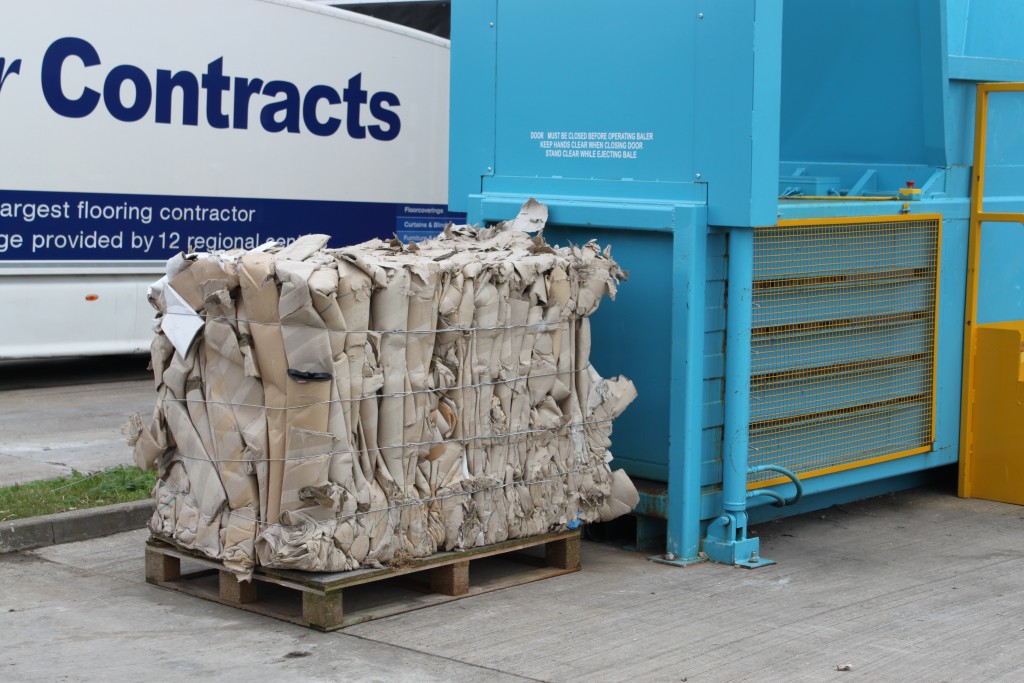


PRESS RELEASE
August 2023
SUSTAINABILITY: THE HOT TOPIC
Life threatening temperatures in excess of 50 degrees centigrade were registered around the globe this Summer, ensuring climate change and sustainability remain at the top of the agenda. The new build sector, in particular, is putting pressure on suppliers to demonstrate whole of lifecycle impact and circular design principles. Louise Walters, commercial director for Designer Contracts, the UK’s largest flooring contractor, which works extensively with the new build sector, looks at what it means for the flooring industry.
The world has witnessed previously unseen temperature extremes this Summer, reminding us yet again that it is incumbent upon each and every one of us to tackle climate change at company level. To do what we can individually to ensure that as an industry, our collective efforts add up to meaningful effect.
We work extensively with the new homes sector where, in England, new homes and buildings will have to produce significantly less CO2 under new rules announced by the government to help the country move towards net zero. The World Green Building Council has said that all construction must be operationally carbon neutral and create at least 40 % less embodied carbon by 2030.
The built environment accounts for 40% of the UK’s carbon footprint, 28% of which comes from operational emissions and 11% from materials and construction. To achieve net zero will require a step change in the design of new buildings. Developers want to reduce scope 3 emissions, which flooring falls into, by 24%, so they are under huge pressure to meet these targets and are appealing to all their suppliers to help them to achieve this.
Developers are looking at their supply chain to share information and data with them, not only in terms of their own carbon performance as a company, but specifically at gathering information on procurement standards, materials selection, product design and the manufacturing process.
They want full transparency across their supply chain and have told us to expect more detailed requests for data and supporting information such as product certification. There will be an increased focus on whole lifecycle impact and circular design principles, and they are widening the scope of sourcing transparency standards with the focus on minimising the environmental impact of the materials used within their supply chain.
Developers are, or will be, appealing to their suppliers to provide Environmental Product Declarations (EPDs). Although, as a contractor, we are not responsible for creating an EPD, we have been gathering both these and other sustainability information on the flooring products we install over the past 18 months. When specifying products, we regularly have conversations with our own suppliers about improving the recyclability element.
Our mutual customers are looking to us to help them make greener choices when it comes to flooring, and we need to think about how we can do this collectively. We all want carpet to remain a staple when it comes to flooring within houses and how sustainable the product is, is vital to achieving this.
We are now working with Innovate Recycle, a recycling company which has invested heavily in state-of-the-art machinery/technology to develop a circular solution, producing plastic pellets from carpet waste for the plastics industry. According to Innovate, more than 500,000 tonnes of end-of-life carpet is produced in the UK each year, and, for the first time, there is now a way, at volume, to deconstruct carpet and enable the reuse of its constituent materials in a wide range of industrial supply chains.
We have high hopes that our partnership with Innovate will ultimately enable us to further improve our long established and multi-award-winning carpet recycling scheme for which – and for the sixth time since 2015 – we’ve again been named Takeback Partner of the Year in the CRUK 2023 awards. In total, our efforts towards improved standards of sustainability have been recognised with some 14 different CRUK awards and commendations over the last nine years.
The scheme has evolved significantly since we introduced it in 2015 and we now have a robust system that operates across our national regional network of 14 warehouses. We have become smarter in the way that we collect and return our waste to our central distribution centre by investing in balers and partnering with recyclers that can offer us a viable and long-term solution for the waste that is generated. It is has taken a huge amount of time and effort to get to where we are today.
It is all part of our drive for circularity, which is key for us all – making high performance products which can be recycled effectively. And the ability to incorporate recycled material into new products is vital to achieving that.
One example of this within our own portfolio is SpringBond underlay, made from recycled plastic bottles, and which we introduced back in 2019. An eco-friendly alternative to PU foam, felt and rubber underlay, SpringBond is manufactured in the UK by Texfelt and is made from 85 percent recycled fibres. Designer Contracts has now diverted over 2.5 million plastic bottles from landfill through its sales of SpringBond.
In terms of circularity, we can also learn much from what is happening in France which leads the world in end-of-life (EOL) recycling. It is currently setting up a system for recovering all building materials – including flooring – in line with the principles of Extended Producer Responsibility. Manufacturers are responsible for making sure their products are collected and recycled at end of life, with a tax in place to fund the EOL collection. So, what we are doing as a company in terms of carpet recycling is being introduced right across the building sector in France. It will be interesting to see the impact that makes – and whether Britain itself will eventually follow suit.
As a company, sustainability is at the very core of everything we do, and we are continually striving and exploring new ways of doing things to save both waste and energy.
More recently we have updated our feature and benefit sheets to help our customers understand how the products we supply impact the environment. Any sustainable elements of the product are now highlighted with a fern icon, including whether the product has a certified EPD and any other green feature. Where EPDs have not been created, we have asked suppliers for further information to support what other environmental benefits there are. These include the percentage of recycled content, if the product is made in the UK; manufactured using low VOCs; manufactured in a factory powered by wind turbines; has a Eurofins Indoor air quality certification or similar; is a member of CRUK.
This information is really important and not only helps developers to understand the product but helps us to get products specified, so I’d urge manufacturer to make this information available if it isn’t already.
We all need to work towards better EOL outcomes, and it is heartening to see the changes already happening. A growing number of flooring manufacturers are looking at using or increasing the recycled content in their products with some great innovative products being developed.
This Summer has literally put the heat on the efforts of everyone, everywhere to consider how we can reduce the impact of climate change. And although floorcoverings constitute just one small part of a very big picture, we all have our part to play.
